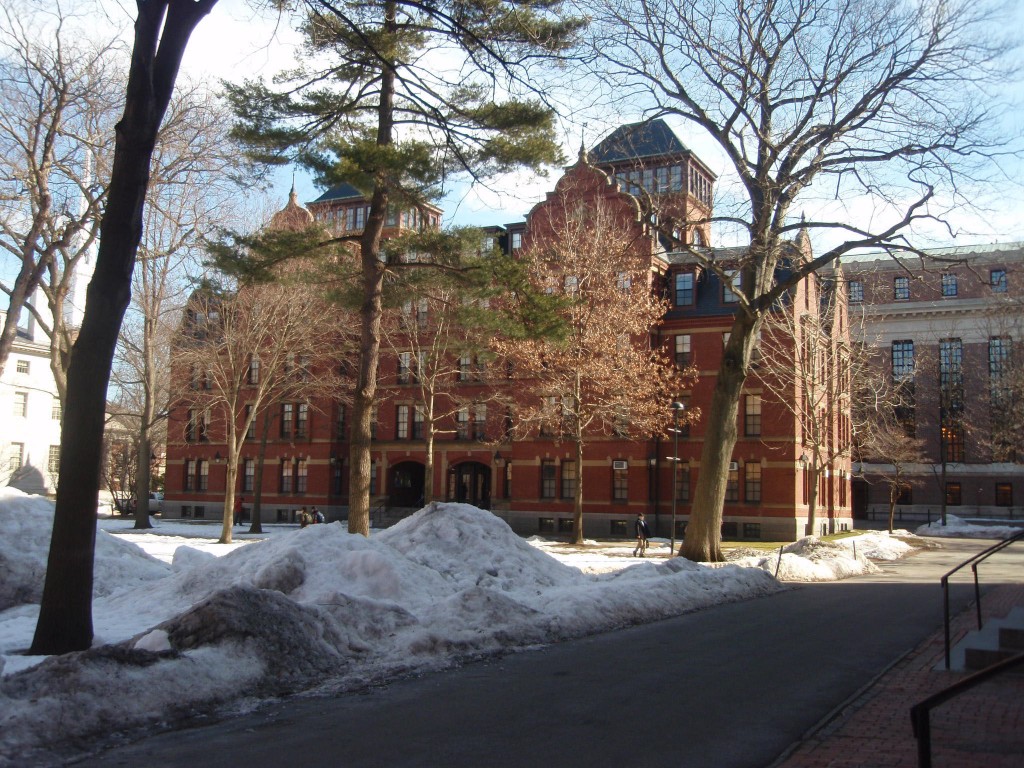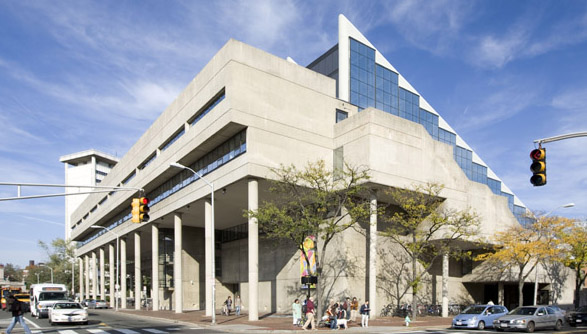NIMBY psychology comes to Harvard — from Australia!
February was an exciting month for me. I spent it teaching in the Graduate School of Design (GSD) at Harvard University and giving lectures and classes at MIT and Tufts University.
It was exceptionally cold for a person who lives in the sub-tropics. A huge blizzard dumped 20 inches of show on Boston days after I arrived.
 Harvard in February. Brrr!
Harvard in February. Brrr!
The highlight of my month-long visit was a lunch-time lecture for the Joint Center for Housing Studies at Harvard University on 22 February.
I spoke about the relationships between environmental psychology and community resistance to housing density increases to an audience in the iconic Gund Hall, which houses the Graduate School of Design.
See: https://www.gsd.harvard.edu/#/events/what-s-psychology-got-to-do-with-nimby-with-wendy-sarkissian.html
NIMBY
Throughout the Western world and especially in Australia, we are seeing strong initiatives to increase housing density to achieve sustainability initiatives. Paralleling these types of initiatives are concerns about the social impacts of higher density housing, confirmed by a widespread Australian research and a recent visit to Canada. Even in Hong Kong, there are community concerns about housing density increases. Where governments have mandated housing density increases, the results have not always been positive.
The much-lauded CityPlan community engagement process in Vancouver, Canada, resulted in a strong support for housing density in the late 1990s and early years of this century, (with planners believing that they had converted NIMBY to YIMBY (“Yes in My Back Yard”). However, currently a strong community backlash in Vancouver reveals that these gains were short-lived. After tens of millions of dollars spent on community engagement about density increases, residents and others are strongly opposing further housing density increases.
In many Western cities, the early optimism of what community engagement could deliver with respect to housing density increases has faded. The irony is that success in this arena is much more important that it was in earlier decades as the pressures of Peak Oil and climate change begin to be felt more powerfully by communities and governments.
So, if density increases are needed and resistance is increasing, what is the answer? What really is at the core of peoples’ concerns? Which approaches might work to engage communities with the issues of housing density?
What if we could achieve our sustainability and housing density goals without causing community unrest, dissatisfaction – even uproar?
Could communities respond positively to density increases under the appropriate conditions?
I believe that all of that is possible. But we must understand more about the psychology of housing to be effective.
We need to appreciate why governments must continue to campaign for increased housing density. It’s as though these two initiatives are at opposite ends of a spectrum. Yet they are connected by the very concerns that seem to place proponents of density increases at loggerheads with community members.
Caring
The issue that unites them is caring. Governments who care about the future of communities are alert to the many signs that automobile dependence and urban sprawl are expensive and ecologically unsustainable artefacts of a bygone era. We can no longer afford low-density suburbs. (Actually, we never could but we thought we could.)
Similarly, community members who care about the future of their communities are concerned that clumsy and ill-considered initiatives will make neighbourhoods unliveable cauldrons of noise, traffic congestion, parking problems. They will have no environmental quality. Some even say: `the slums of the future’.
So, if everyone cares, where’s the problem and what is the secret?
A key to understanding these conflicts (occurring in our communities today) is to understand more about housing. It’s not merely `product’, as some developers say. It’s more than a `commodity’ as economists would say. For some, it’s everything: a haven, a nest, protection, security”¦ many qualities that have little or nothing to do with density, tenure or whether one’s name is on the mortgage document”¦
Home is a deeply archetypal concept. Humans aer animals and, like other animals, we are hard-wired to protect our territory, the “territorial core” of our home. It’s complicated and that’s partly why people’s responses to a threat to their housing often get so very `complicated’. Our Homing Instinct is a deep-seated desire to protect what is personal, precious and `home’.
The psychology of place and housing
Here’s a link to the Harvard lecture and the PowerPoint presentation:
Social planning was having a good month! The lecture was also picked up by the real estate blog, The Fifth Estate: Our Planet, Our Real Estate:
https://www.thefifthestate.com.au/archives/45397/
Here’s the lecture in a Word document:
Sarkissian Harvard Joint Center for Housing Studies lecture 22 February 2013_revised for web
Many sincere thanks to Eric Belsky and his colleagues of the Joint Center for generous support and hospitality and to Professor Ann Forsyth of the GSD.


